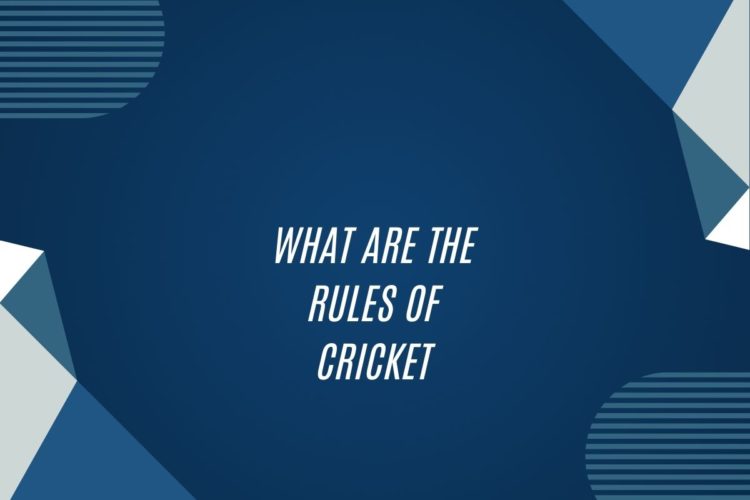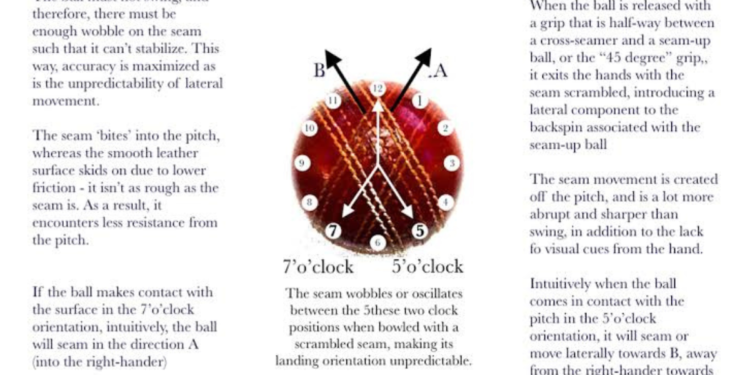Equipment Requirements
When participating in the sport, players necessitate protective gear such as a helmet, gloves, and pads to ensure their safety during the game. Additionally, a cricket bat and a ball are essential requisites to actively engage in the thrilling sport.
In order to maintain fair play and adherence to regulations, it is imperative that all players wear appropriate footwear, typically consisting of rubber-soled shoes to prevent slipping on the field. Furthermore, to aid communication and strategic planning on the field, players often use a walkie-talkie or other communication devices during the game.
Playing Field Dimensions
Cricket is a sport that traditionally takes place on an oval-shaped field with a rectangular 22-yard pitch in the center. The dimensions of the field can vary but are typically around 450 feet in diameter. The pitch is where most of the action occurs and is 10 feet wide.
There are specific markings on the field that indicate the boundaries, creases, and other important areas. The boundary line is usually marked with a rope or a painted line and signifies the edge of the playing area. The creases are lines drawn on the pitch that are crucial for determining the position of the batsmen and the bowler during play.
Scoring System
The scoring system in cricket is essential for determining the outcome of a match. Each team aims to score more runs than their opponents to secure a victory. Runs can be scored by hitting the ball and running between the wickets, or by hitting boundaries such as fours and sixes. Additionally, bowlers can take wickets by getting the batsmen out, which also contributes to the scoring system.
In cricket, the team with the most runs at the end of the game is declared the winner. If both teams have scored an equal number of runs, the match may result in a tie or a draw, depending on the format of the game. The scoring system is crucial for teams to strategize their gameplay and make tactical decisions to outscore their opponents.
Innings Structure
During a cricket match, each team gets the opportunity to bat and field in two separate innings. An inning for the batting team concludes when either all of their batsmen are out or when a specific number of overs have been bowled. The teams then switch roles, with the fielding team taking their turn to bat while the batting team goes out to field.
The duration of an inning is determined by the number of overs bowled. In most standard cricket matches, each team faces a set number of overs, typically ranging from 20 to 50 overs per inning, depending on the format of the game. The total number of overs in an inning may vary based on the specific rules and regulations of the match being played.
Bowling Regulations
Bowling in cricket holds a significant role in the game, with regulations in place to ensure fair play and safety of the players. A bowler is allowed to deliver the ball with a straight arm, but if the arm is suspected of ‘chucking,’ referring to an illegal action in which the arm is straightened during the delivery, the umpire may call a no-ball.
Furthermore, bowlers are also restricted in the number of overs they can bowl in limited-overs formats. In One Day Internationals (ODIs) and T20 matches, bowlers are typically limited to a maximum of 10 overs per match. This rule aims to balance the competition between batting and bowling sides, preventing fatigue and ensuring that multiple bowlers contribute to the game’s outcome.






















